For years, Wydown Middle School has been the subject of scrutiny from the community. Among the building’s problems are its small size, its design that makes student flow difficult, and a lack of modernity that is reminiscent of the 1950s. Last week, the district took a significant step to address these issues.
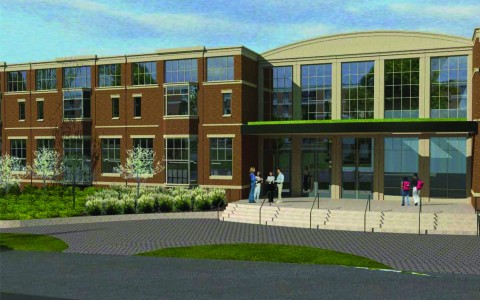
The Clayton Board of Education (BOE) approved a resolution at their Feb. 9 meeting to move ahead with the Wydown reconstruction project, overriding a unanimous vote of disapproval from the City of Clayton’s Plan Commission Architectural Review Board. The BOE vote, which needed a two-thirds majority of the seven-member body, was 5-1, with Omri Praiss not present and Brad Bernstein opposing.
“Times have been more painful than others, but you have to keep your eye on the prize,†WMS Principal Mary Ann Goldberg said after the meeting. “And the prize is a really fabulous learning environment for the kids, and you never, ever lose sight of that.â€
The process to bring a new structure to 6500 Wydown Blvd. has indeed been painful. Members of the community, especially those living in Skinker Heights, Wydown Terrace and Hillcrest, have spoken out against the plans and the district’s handling of the planning and design process.
“I think that the process that the School Board engaged in was one of misleading the public to the plan,†said Jeanne Most, treasurer of the Hillcrest Homowners Association.
Wydown was not included in the 2009 bond issue Prop S because of talks with Washington University regarding the possibility of the middle school being moved to the CBC building on Clayton Road. The city’s discontent and widespread outcry from the community led the school district to take the CBC site off the table.
“We woke up a sleeping giant with the whole Wash. U controversy, and that giant never went back to sleep,†BOE President Sonny Buttar said.
Wydown Tomorrow, a committee composed of many members of the community, was selected to brainstorm and research options for the Wydown site, considering a renovation and reconstruction of the current building. In the end, the district placed a $39.4 million bond issue, Prop W, on the April 2010 ballot to construct a new building. Plans drafted by Wydown Tomorrow, in cooperation with architect Bond Wolfe, were used to promote the bond issue.
“[The Wydown Tomorrow plans] were all within the setbacks,†Most said. “Nobody ever spoke during the Wydown Tomorrow design process about the new school option or the renovation ignoring the setbacks in the design.”
But when the plans were changed after Prop W passed, many community members felt that the district had pulled a “bait and switch,†having the community vote on one plan and then drastically changing it.
“In your meetings, in your reports, in your Prop W campaign materials, brochures, District websites, meeting materials, even a Facebook page sponsored by [the] School District, the Board of Education and School District represented to the voters and residents of Clayton that a vote for Prop W would be a vote for building the new middle school according to the [Wydown Tomorrow] site plan,†wrote Hillcrest trustee Stan Mulvihill in a letter read by Most at the Feb. 9 BOE meeting.
BOE President Sonny Buttar explained this apparent discrepancy in multiple ways. She said that Wydown Tomorrow and Bond Wolfe were not drafting schematic plans – they were only doing a feasibility study to determine whether it was even possible construct a new building.
In addition, they did not deal with title work or do an extensive survey of the property because the district did not want to have more money than they had to in a feasibility study that was simply determining if a new building was even possible. Buttar said that because they did not deal with title work, the district discovered after Prop W that the property line on one side was off in the Bond Wolfe plans.
Architects Arcturis, which has never before done a school, and Neumann Monson, a firm from Iowa, then drafted plans for the new building. After repeated delays – meetings were rescheduled from October 2010 to November to early January 2011 and finally to Jan. 18 – the Clayton Architectural Review Board (ARB), after reviewing the plans, voted unanimously to recommend that the district not move forward. The ARB cited the mass, extent, and character of the design in its disapproval.
“I believe this school was designed to be built in a rural or suburban setting, and it’s not designed as an urban-looking school,†ARB Chairman Harold Sanger said.
Under Missouri state statute, the district is able to override the ARB’s decision. Yet the fact that the ARB meeting was postponed so significantly has put the district in a hurry.
“This has been put off and put off and put off,†Buttar said. “And in order to meet our timeline of getting this building done by the fall of [2013] we have to be breaking ground this March.â€
At a Feb. 3 public workshop, one community member questioned why the district was asking the community for input “at the eleventh hour,†just a week before it would decide whether to move forward with the plans. It has become a common sentiment among some in the community that the district has lost something in its rush to finish the designs and move on according to the timeline.
“It is my opinion that they are going too quickly, and they have the wrong architect, and they are sacrificing not the right product for an arbitrary time schedule,†Sanger said. “The school’s been there a long time, students have suffered and I’d prefer them not to suffer, but if it took them another year and they got it right, 10, 15, 20 years down the road who’s going to care?â€
A proposal to speed up the construction that has been an option since the Facilities Master Plan is to move students off-site, which could cut construction time in half while avoiding the loss of certain amenities (gym, theatre, field, etc.) during construction. In addition, it would be about $1.6-2.2 million cheaper, according to an SM Wilson estimate.
Buttar said that the BOE has pushed to have all options explored concerning where students will go during construction, calling it an “open issue†that “doesn’t need to be decided right now.â€
“[Moving kids off-site] is something that, if there’s significant enough savings – which we don’t yet know, it’s too early – we would like to reevaluate it and we would like to see what the options are for where kids could be,†Buttar said.
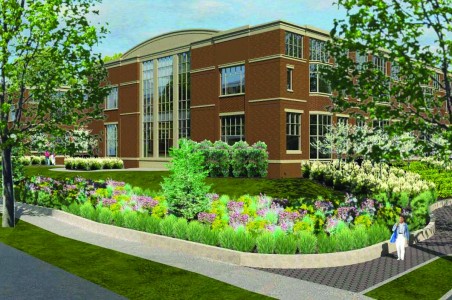
Issues raised with the current designs are numerous. Other than the physical appearance of the building – which many argue is too institutional and does not correspond with the architecture of the neighborhood – one of the most prominent complaints is the large size of the building, which does not meet setback guidelines.
“Nobody wants the building to be ugly, but changing the exterior from one option to another with windows of one sort or another – those don’t address the basic issues of arbitrarily overbuilding on a limited site,” Most said.
Buttar said that this “overbuilding†is a result of a site that is far too small, and that the BOE has “turned over every rock.†To go back now and try to redo the nine-month design process would be, according to Buttar, “ridiculous.â€
Safety concerns have been voiced regarding the road that will run through part of the campus, leading from Wydown Blvd. to the underground parking garage. Mechanical gates will be installed to prevent students from entering the road when they should not, and while the gates have not yet been designed, Buttar said they will be done with maximum attention to safety.
Finally, the specifics of the large, regulation-sized field are not yet clear. Some community-members, including Most, are concerned that the district will decide to use artificial turf on the field, which is also used by Parks and Rec. and the community as a green space.
“I certainly wouldn’t call it a green space if it’s artificial turf,†said Parks and Rec. Department Director Patty DeForrest. She added that she thinks the district should build the field with the students in mind, not Parks and Rec. or the city.
Only time will tell what exactly the final Wydown Middle School looks like, inside and out. But it is certain that the process to plan and design a new school has been an arduous one, a journey that has seen countless irritated, upset and frustrated comments from the community. Though there has undoubtedly been positive feedback as well – Buttar said she has received many emails supporting the Board – the process has often been bitter.
Buttar maintained that the process has been open, and that although the final design may not be desirable for all, it is the result of what has been a long and thorough process.
“There is a difference between saying you’re input was not solicited and what you want not being a part of the final plan,†Buttar said. “There’s a big difference. I can guarantee you access and voice and an opinion, I can’t guarantee you that the result will be what you want.â€
Brad Bernstein took a slightly different view of the controversy that has enveloped the redesign project. In a prepared statement that he read at the Feb. 9 BOE meeting before voting against the resolution to move forward, he explained his apprehension to move forward with a process that has received so much flak and criticism.
“If we settle on the current design without trying to figure out what is causing so much consternation from so many parts of the community who would not normally weigh in at this level of concern – the well-respected City Planning and Zoning Commission Architectural Review Board, who are involved in construction projects all the time, that unanimously rejected our design; both aldermen from Ward I; a large group of realtors whose business depends on the successful growth and development of our community – we are not, in my opinion, living up the trust that is placed in us by the enormous latitude we are given,†Bernstein said.
According to the district website, the groundbreaking ceremony for the long-awaited, long-debated new middle school will be held at 5:30 p.m. on Wed., March 16.
For more information about the design process, visit the School District of Clayton’s Wydown Tomorrow site.

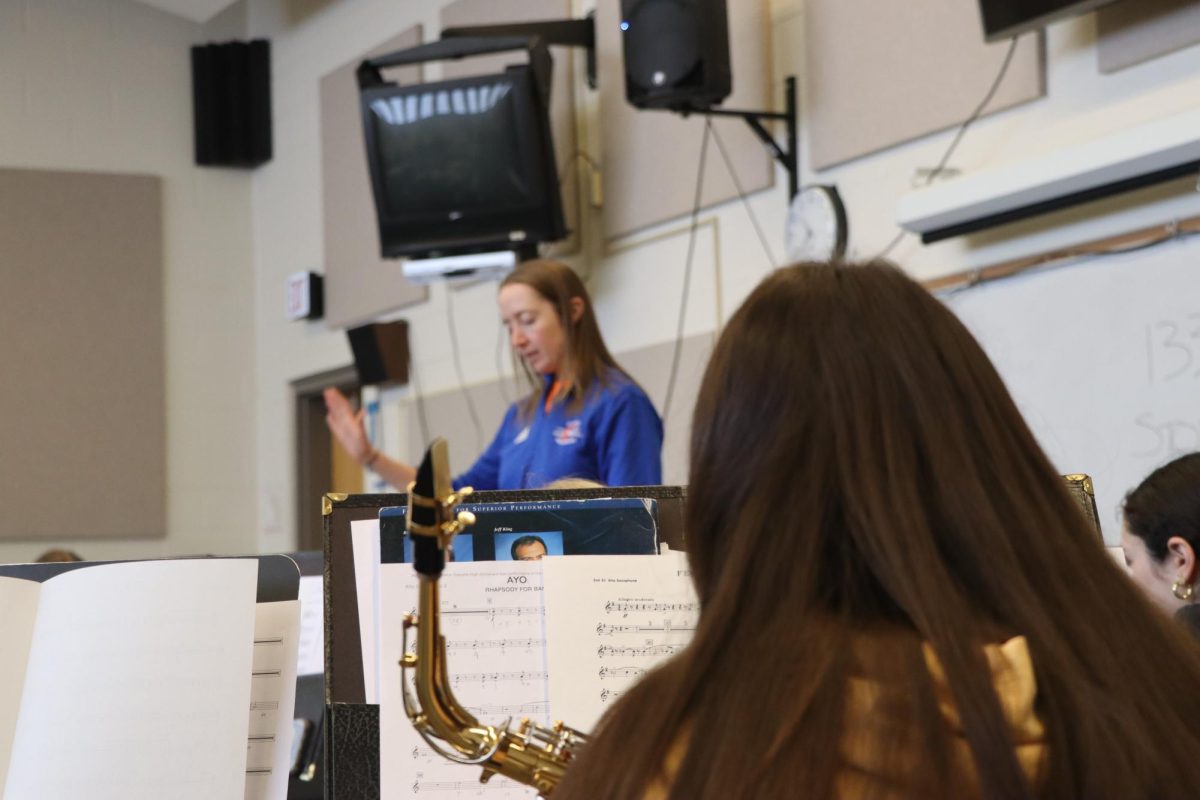
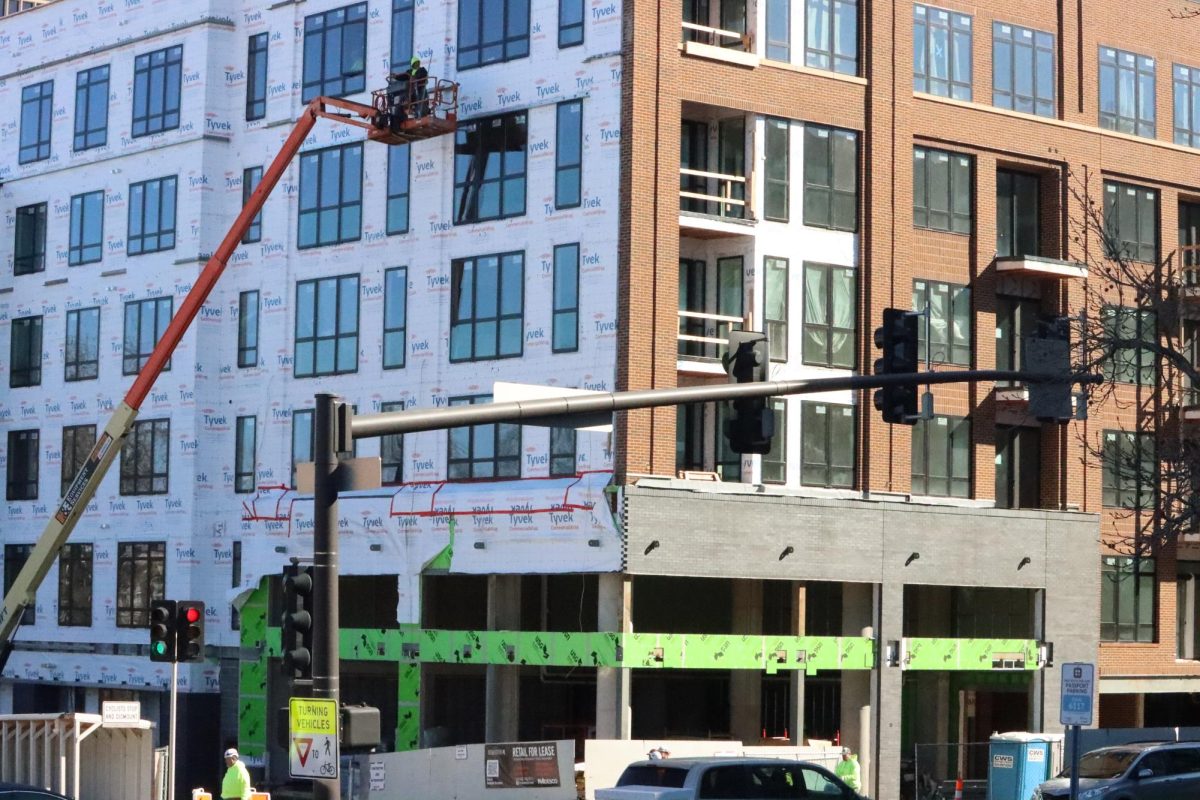
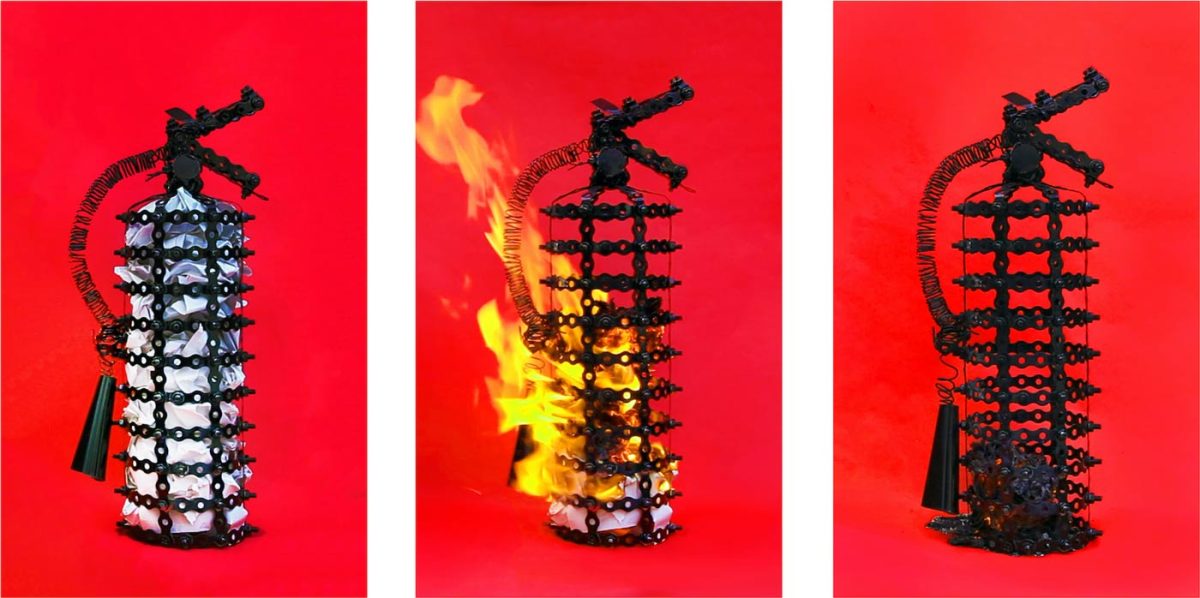
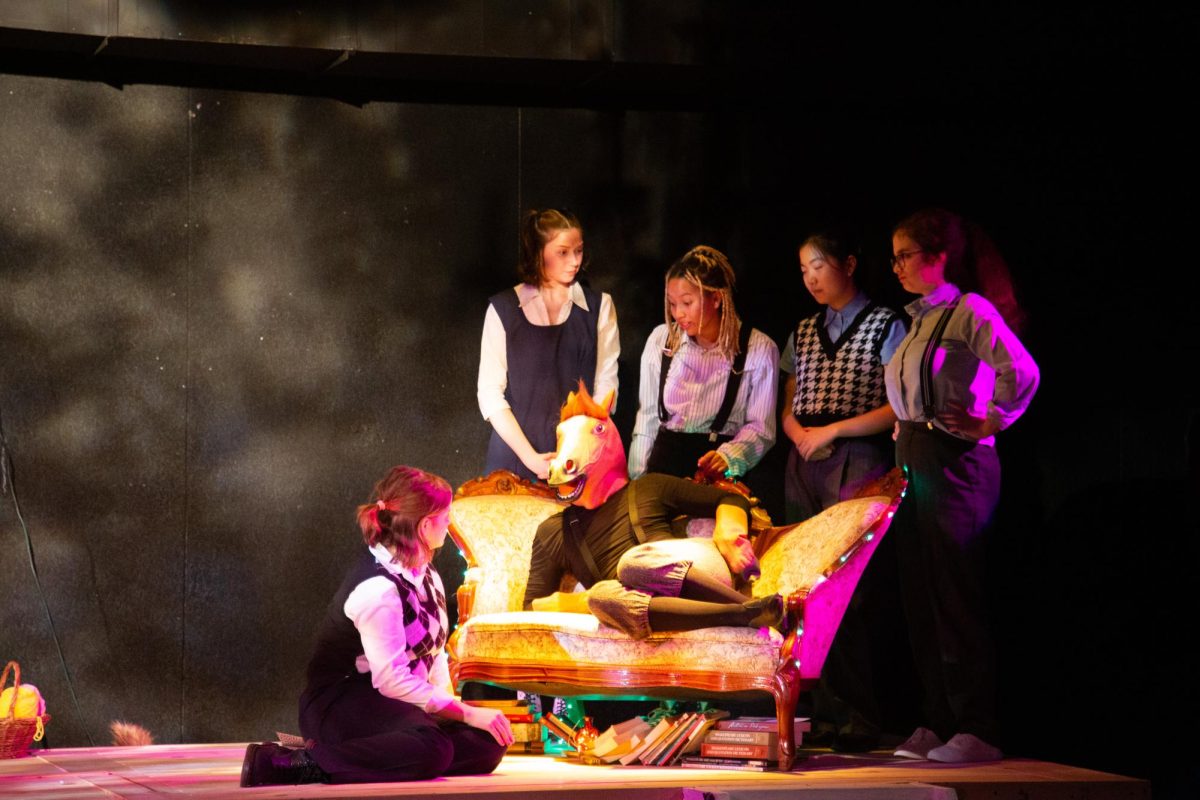
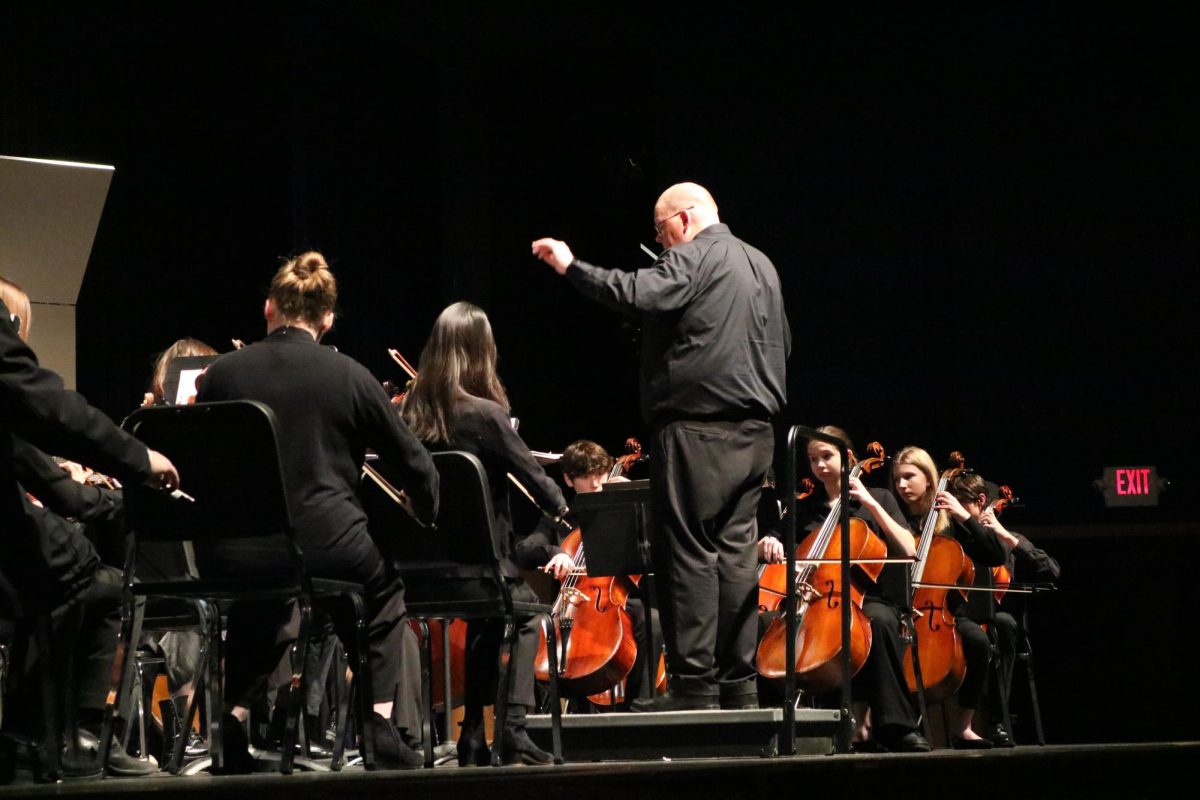
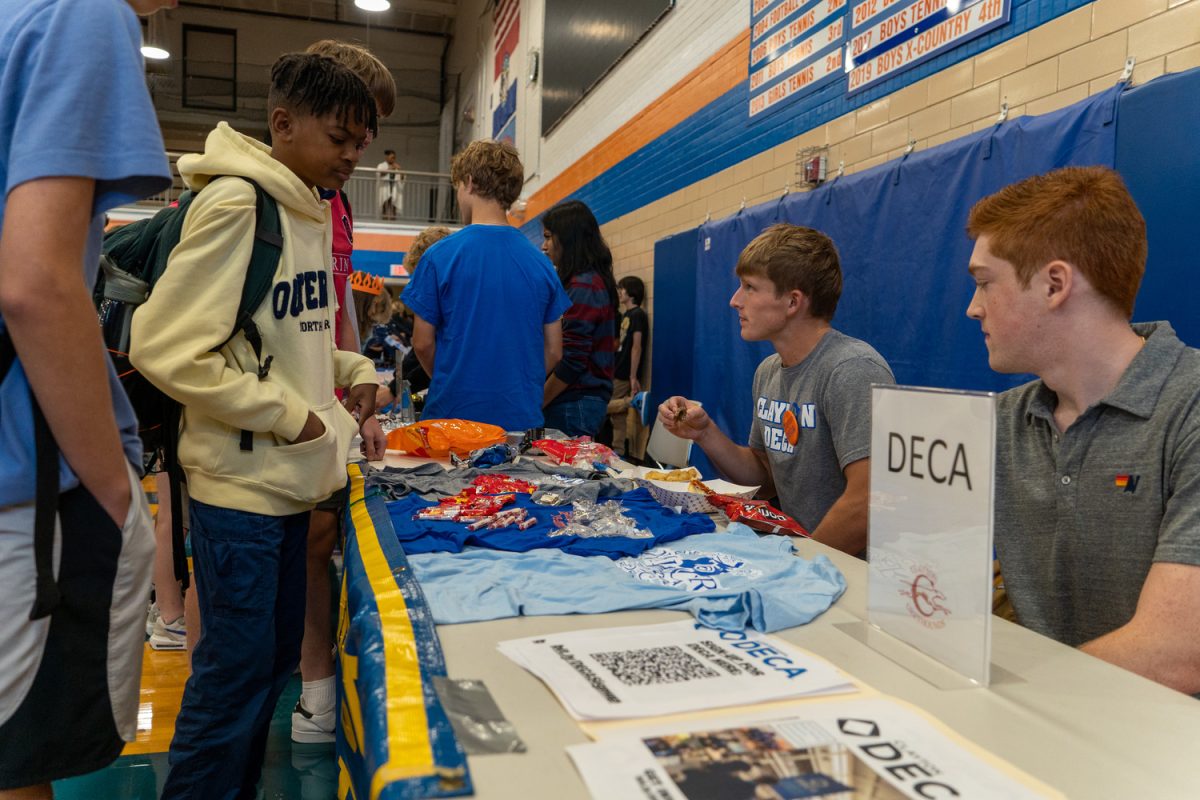
David Davis • Feb 24, 2011 at 12:38 pm
The proposed Wydown Middle School concept is horribly flawed. It tries to fit a ‘fat-foot of a building’ on a ‘small-shoe of a site’. It projects over building lines up to 20 feet.
It’s light ‘monitor’ rooftop system does not meet the top two recommended systems by the US Department of Education for providing natural light into a classroom. It is a throwback to 1960 technology.
It’s student-vehicular traffic interface before and after school is more dangerous than the present Wydown School.
Clayton’s Wydown students will be the human Beta testers for an ill-conceived structure.
Shame on the Clayton Board of Education!